By Hamda AlHashemi (@Hamda_AlHashemi)
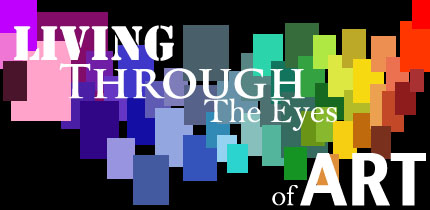
Every field of study has its own potential and role in contributing to society. Lawyers aim to protect the innocent, doctors aim to keep people healthy, and architects aim to develop and build their country. When I declared my major, which is Interior Design, people used to ask me, “and how is that going to help society? People do art for fun only.” For a long time I asked myself that question, how do artists contribute to society and humanity? And I got a very satisfying answer after seeing the magnificent work of the photographer Chris Jordan. Jordan took a very important message and portrayed it in an expressive visual way. His artistic contribution inspired many people to develop a healthier, more sustainable life style.
Chris Jordan is an American photographic artist whose work focuses on mass consumption in the US. He uses different elements in our everyday life such as water bottles, foam cups, mobile phones, and cars in large quantities to show statistics of excessive consumption. He uses one digital image and multiplies it many times to come out with an interesting composition; one has to look very closely to identify the elements used in that composition.
His work is also known to be very large in size to make the viewer understand how our life style choices can have a massive effect on the world we live in. Some of his latest work is over 10 feet high and 25 feet wide. “I want people to realize that they matter,” (Jordan, 2008). In other words, we can say that what we consider as little trivial things in our daily life can be of enormous value in a broader spectrum.
In his TED speech in 2008, Jordan said something that really got to me as a listener and a consumer. He said that we unconsciously harm ourselves and those around us; sometimes these things that we are unaware of can result in massive damage. For example, in one of his photographs that was of foam cups, he showed 6 million cups that form the shape of pipes, or a chemical plant. He said that 1 million plastic cups are used on airline flights in the US every six hours. None of these cups are reused or recycled. He also presented another photograph of 410,000 paper cups. The actual statistic was that 40,000,000 paper cups are used daily in the US for hot beverages, but since he could not fit 40,000,000 in the canvas, he went with 410,000.
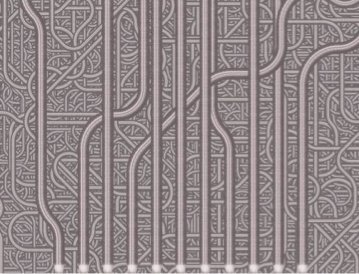
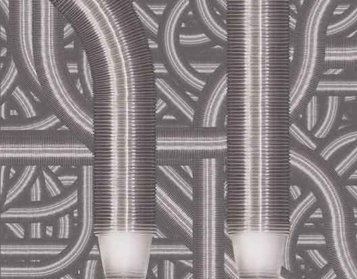
“Resist no temptation: a guilty conscience is more honorable than regret.” The first action for us to take is to feel guilty and acknowledge the harm we are causing, even though we are not aware of it. This first step will pave the way for the next one that is solving the problem. Simple actions we can do are recycle, reuse, and try as much as possible to limit our unnecessary consumption habits.
“We are not feeling enough, there is a kind of anesthesia. We have lost our sense of outrage, our anger, and our grief about what is going on in our culture,” (Jordan, 2008). Two valuable lessons I learned from Jordan are: 1. I can make a difference in this world through my field of interest. 2. I have to change and I have to care about the consequences of my choices.
Here We Start – Interview – Just Another Undergrad – Living Through The Eyes of Art – Microscopic Me
Scenes From Life – Society of Tomorrow – To The Point – Words, Observations, and Ramblings

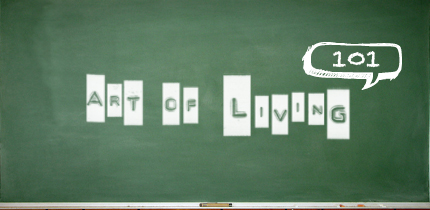
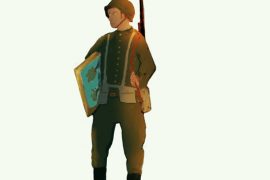
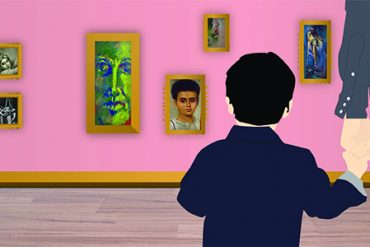
I haven't thought that art could have a great message . I'm amazed by what you have written there. it caught me this truly amazing. Thanks for sharing & analyzing . *Favorite*